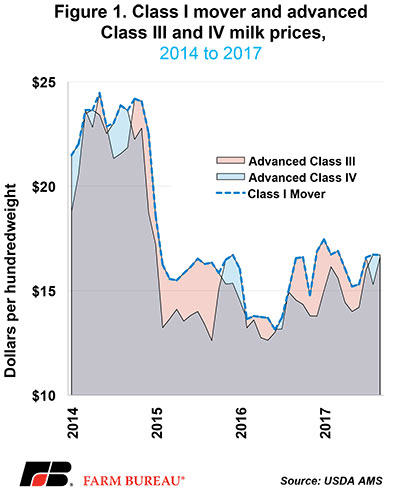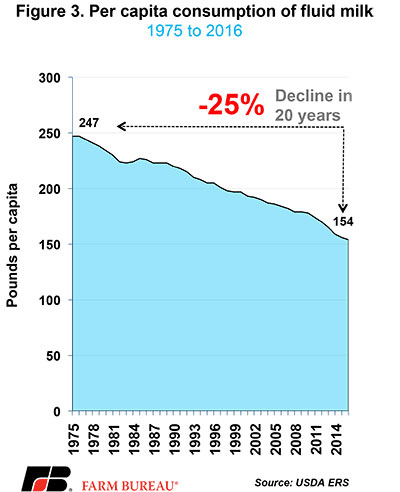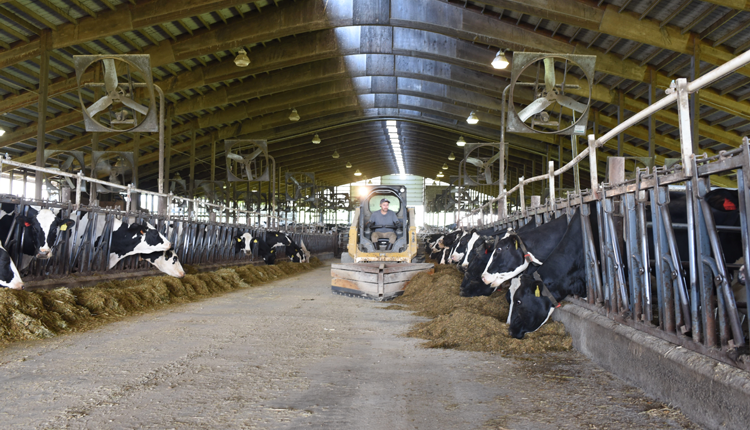Risk management in the beverage milk sector has always been challenging and, quite frankly, ineffective. The reasons are threefold:
1. Due to complicated pricing provisions of the Federal Milk Marketing Order.
2. An inability for processors to
forward contract Class I milk with farmers. 3. A lack of a futures contract for beverage milk.
The lack of viable risk management tools for fluid milk puts those working in the beverage market at a significant disadvantage over those working in the product markets — cheese, butter, and powder. And, if as dairy farmers, the idea is to try to get the highest value for their milk, it’s probably a good idea to make it that much easier — and less risky — for milk handlers to be in the fluid milk business.
A new approach A new proposal to change the way USDA regulates fluid milk markets would alleviate many of the risk management challenges. The proposal would set the monthly Class I price equal to the simple average of the advanced Class III and IV milk prices plus 74 cents per hundredweight. The 74-cent addition is in lieu of the higher-of mechanism. Importantly, using the simple average of Class III and IV milk prices would make it possible to more fully hedge fluid milk using CME futures. A recent Farm Bureau Market Intel article,
Proposed Changes to Fluid Milk Pricing and Why Farmers Need to Care, explores this proposal in detail.
Improved risk management opportunities for fluid milk can have many benefits along the supply chain. For example, the risks associated with innovating new beverage milk products, servicing school milk contracts, promoting seasonal fluid milk drinks (peeps-flavored milk is a must have), or using fresh milk in a Starbucks latte, are all made less risky when the price of the biggest input cost — fluid milk — can be managed.
Importantly, these benefits could ultimately help to reverse the much longer trend plaguing the dairy industry: declining per capita consumption of beverage milk products. Over the last 20 years, per capita consumption of beverage milk has fallen by 25 percent and now stands at an all-time low of 154 pounds per person. If approved, this agreement to facilitate fluid milk risk management could pave the way for further innovations in the 80-year-old Federal Milk Marketing Order system and drive consumption of U.S.-produced dairy products even higher.
To comment, email your remarks to intel@hoards.com.(c) Hoard's Dairyman Intel 2017 October 2, 2017










